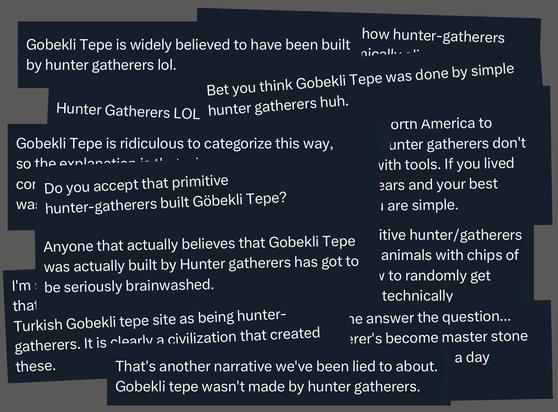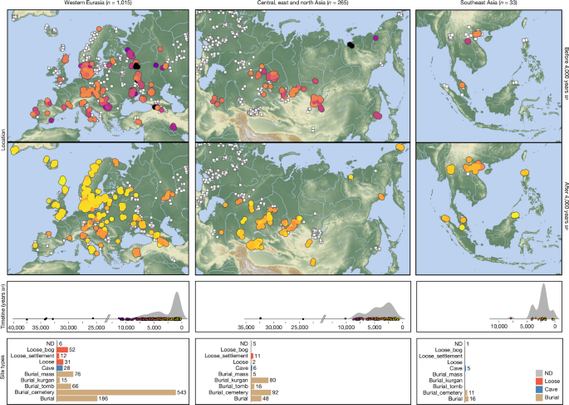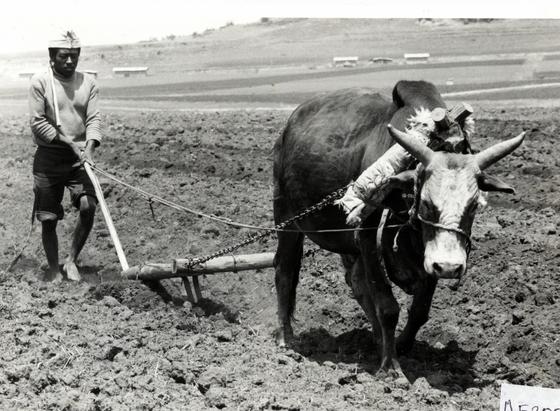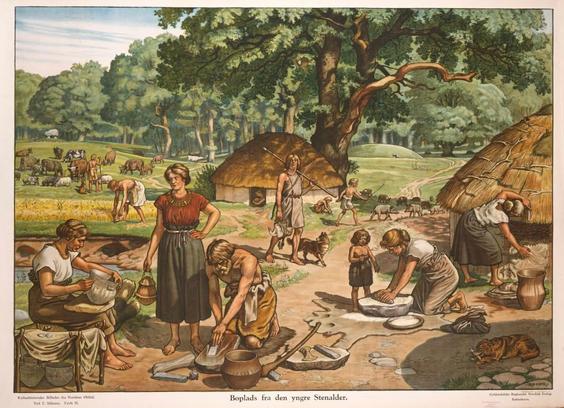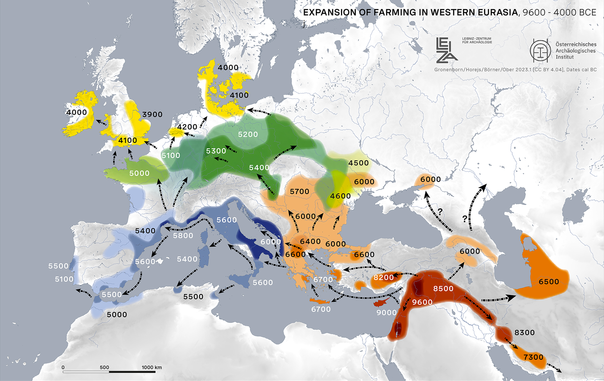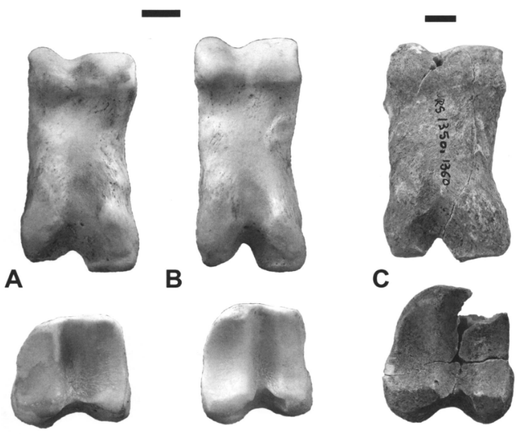Hunter-gatherers made this?! 🤯🤔
What really puzzles me is the disbelief that hunter-gatherers somehow could be capable of cultural achievements.
Does this come from an outdated idea equalling #HunterGatherer with #primitive?
🧵 A fundmental misunderstanding ...
